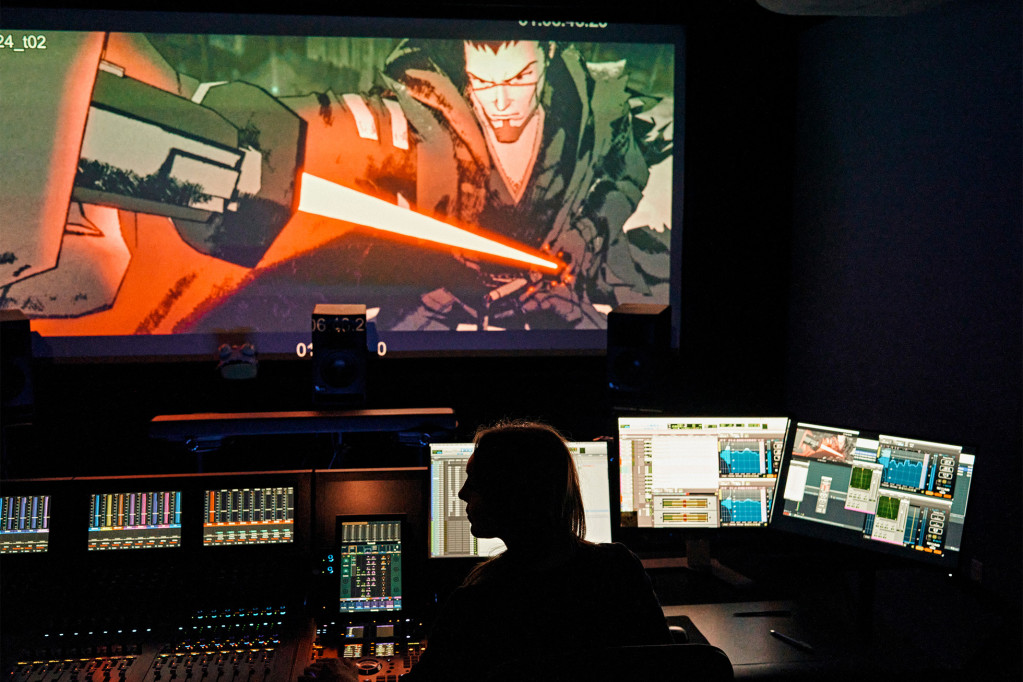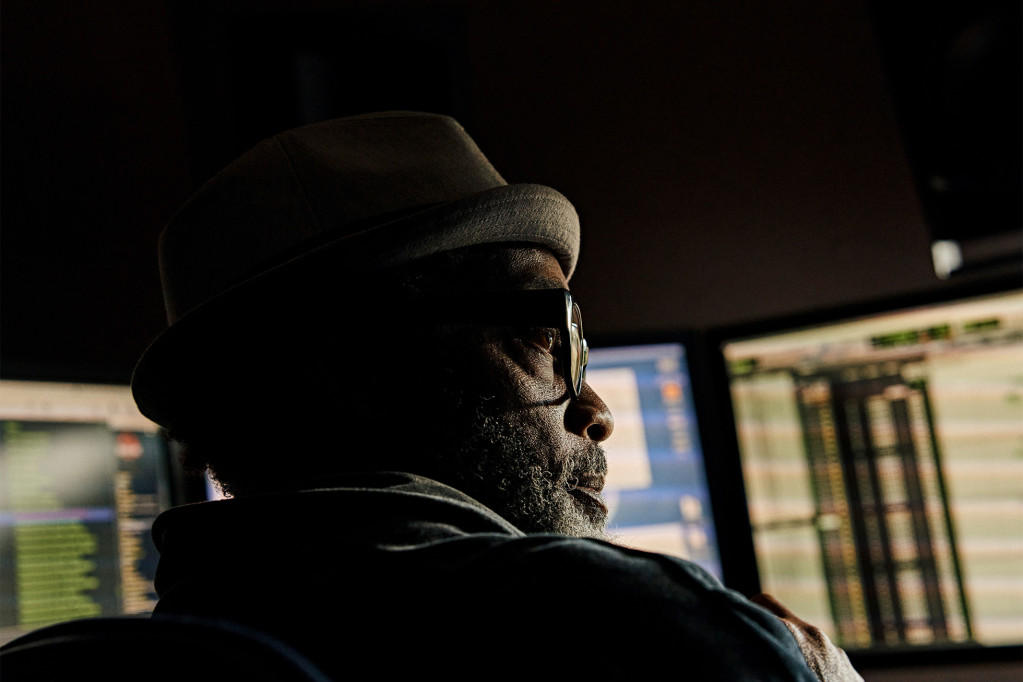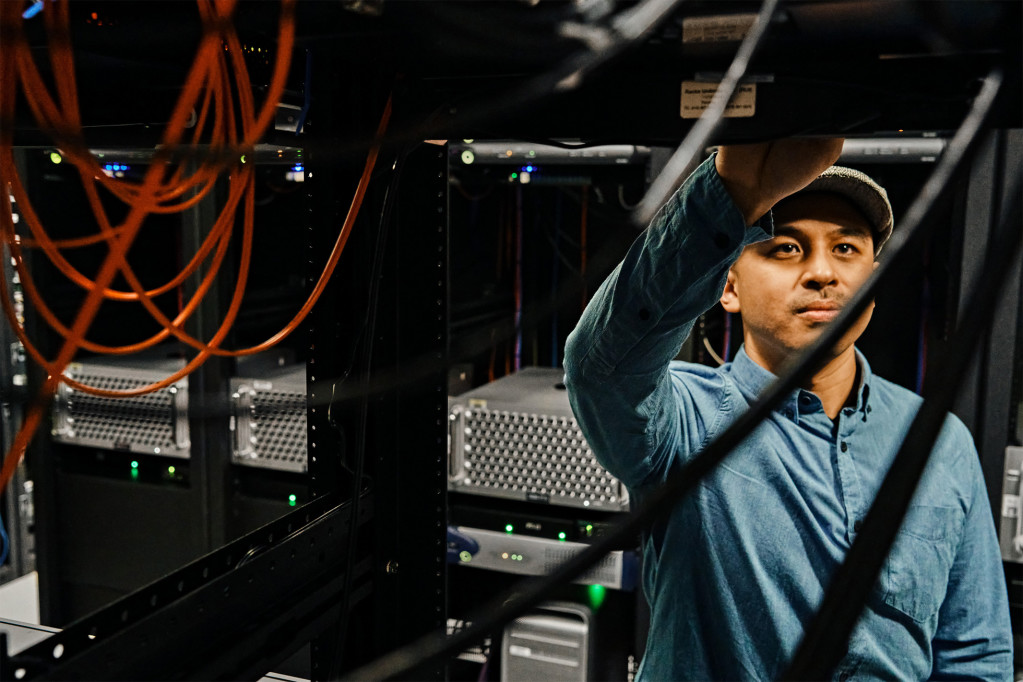From Ben Burtt’s creations for Star Wars to Bonnie Wild’s work on The Mandalorian to sound editor André Fenley and Jurassic Park, the greatest sounds are all here. Apple has shot a loving look behind the scenes, in glorious black and white. And if that’s not enough for you, we’ve got more.

Apple’s angle here means you get a few new insights I haven’t seen in other documentaries. It’s actually fair to say the Mac has not played a starring role in the documentation of how these sounds were made that I’ve seen, but of course, Skywalker Sound was an early adopter of the Macintosh – Burtt even with the SE.
Wild’s enthusiasm is immediately infectious, and another joy of this is the inventive new sounds she’s added to the production – The Mandalorian managing to feel rooted in that history, alternatively weighty and comical, futuristic and trashy. Also, this has to be the first documentary I’ve seen give some love to Spaceballs – respect. (Mel Brooks may have nailed his parody of fascism better than the George Lucas original.)
Enjoy – and yeah, Apple film, but expect tons of Pro Tools (in the studio and in the field, evidently with Keyboard Maestro for automation and Matchbox for reconform/”change management”):
It’s exciting, too, to see sound design that can be more than synthetic – something relevant to digital production now. (Opportunity missed, though; these sound designers couldn’t top Harrison Ford shouting “bang.”)
Surprise tidbit: supervising sound editor and sound designer Al Nelson uses broken clock as an intentional effect?
“I love happy accidents and I love breaking technology and getting unexpected results,” says Nelson. “I love to play with digital systems that are clocking wrong, meaning the way the bits are flowing. It’s broken, it sounds like bad radio. I have a really old PowerBook, and it has certain old software I like to use; I can feed recordings into it and digitally break them.”


But wait – here’s more.
There’s various Star Wars ephemera floating around these days – perhaps a kinder, gentler galaxy than when Lucas was more aggressive with takedown notices. 70sSciFiBoy on YouTube has done a terrific job of finding gems.
Here’s a rare 1979 look behind Empire:
Oh. Sorry. One link to that account and I guess any productive work you had planned for today is gone.
I think one beautiful transformation in how we approach digital art now is the rediscovered interest in pre-digital methods – and how to create hybrids. So it’s a joy to go back and watch traditional matte paintings, for instance:
Star Wars was to me such a musical experience, even outside the obvious examples of sound and score. And then I’m also interested in how that connects to the film’s extraordinary editing and pacing. (Not only because I grew up on a very trimmed-down sound super 8mm version my parents bought, like a lot of my generation.) And then there’s the cross between media archaeology and ethnology that is the iteration of narrative stories. Uh… all of which is to say, while I knew about a lot of these sources, I had no idea how much A New Hope pulled from The Dam Busters in 1955:
And for Create Digital Motion fans – motion. Control. Cameras.
And of course I have to show this Larry Cuba video of the Death Star animation again.
There’s a second Apple and Steve Jobs connection here, in that the PDP machine lay the groundwork for the founding of Pixar – and their technology, too, which you now can run on a Mac.




